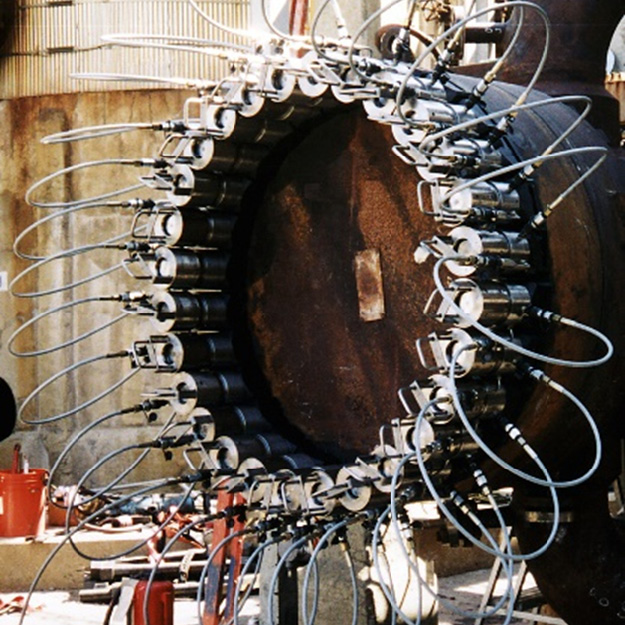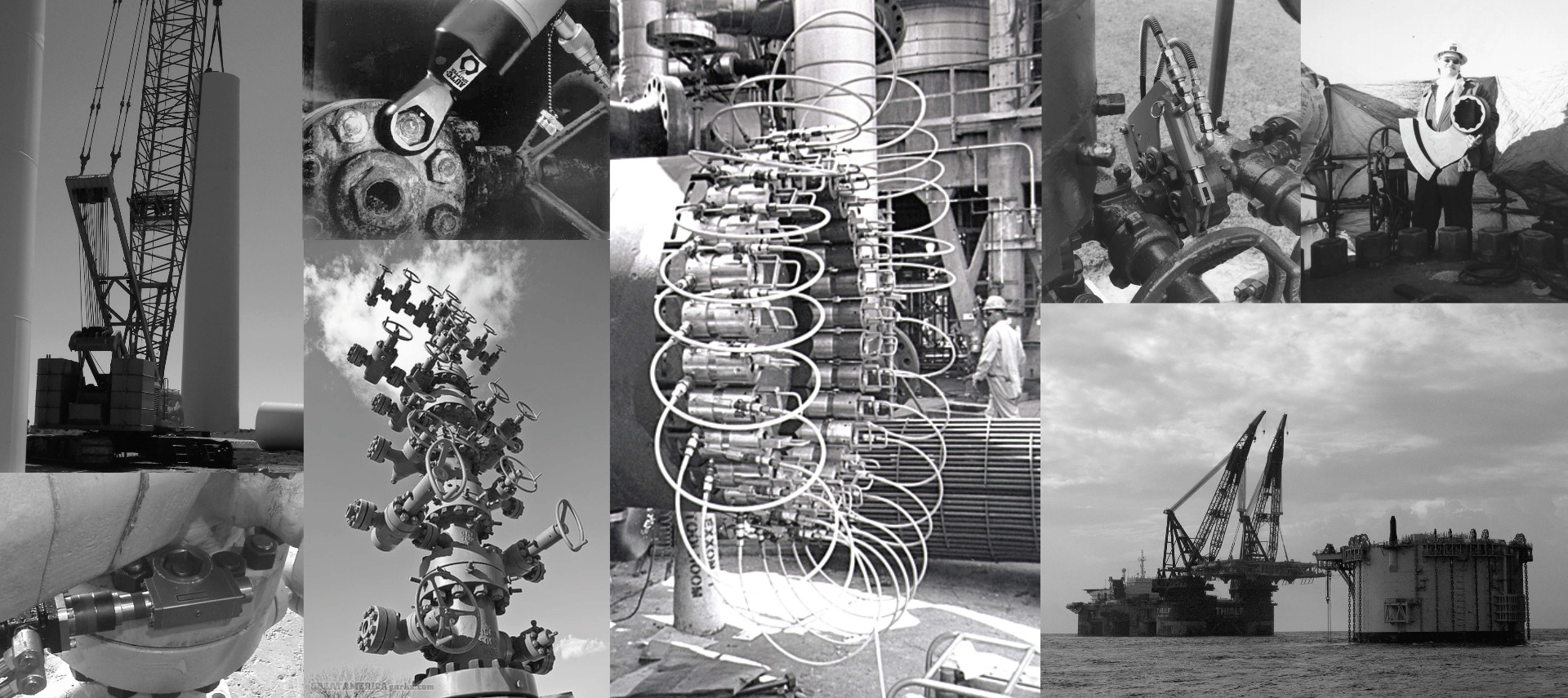OUR SUCCESS STORIES
Explore our company's success stories to discover the real impact our products and services have had on our customers' lives and businesses.
These stories aren't just testimonials; they're journeys of transformation, innovation, and success.
Dive in to see how we've helped businesses overcome challenges, achieve their goals, and surpass expectations.
Be inspired by the tangible results and the difference we've made. These narratives aren't just about us – they're about the possibilities we create together.
Read on and witness the power of our solutions firsthand.
New Hydraulic Nut Splitter Design for Pipeline Decommissioning
The AutoSPLITTER sets the standard for Deepwater ROV (Remotly Operated Vehicle) operation.
The Challenge
Fastorq worked with our local distributor in Brazil on a project for decommission of offshore platforms, pipelines and other equipment. Much of the equipment was connected with nuts and bolts that had to be removed in order to retrieve it from the bottom of the ocean. These deepwater operations required the work to be done with ROV’s instead of divers. Work on the project was awarded to operators with ROV Support Vessels that were required to have tooling onboard to support removal of the nuts and bolts. Because of heavy corrosion and marine growth on the equipment, using torque wrenches to loosen the bolts was not an option. The possibility of the nuts seizing and galling was almost a certainty. Therefore, hydraulic nut splitters were specified by the state oil company, Petrobras, to remove the nuts. This, however, created an unforeseen problem.
Each hydraulic nut splitter accommodates a range of nut sizes and have traditionally been designed to fit nuts on ANSI flanges in the Downstream Oil & Gas Market. This includes flange connections in refineries and chemical plants. The equipment to be decommissioned off the coast of Brazil is considered Upstream (exploration and production) and subsequently has API 6A and 17D flange connections that make it especially difficult to fit any nut splitter over the nuts. Nut splitters are also very difficult if not impossible for an ROV to use effectively with the manipulators (robot arms).
The Solution
The solution from Fastorq was a specially designed nut splitter to fit a single nut size. It also included features to help the ROV guide the and center the tool onto the nut. The scope of work included nut splitters in 9 sizes to cut nuts from 1-5/8”AF to 3-1/8” as measured across the flats on multiple sizes of API flanges. The nut splitters are now part of the standard tooling package for all ROV support vessels that operate under contracts with Petrobras.
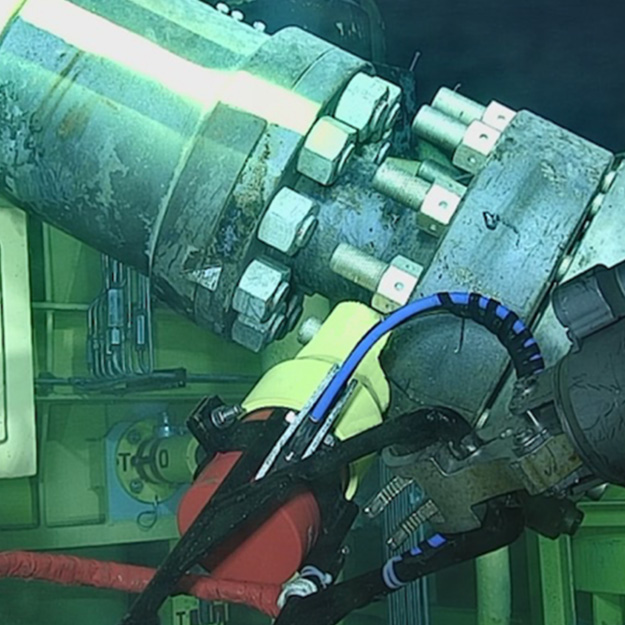

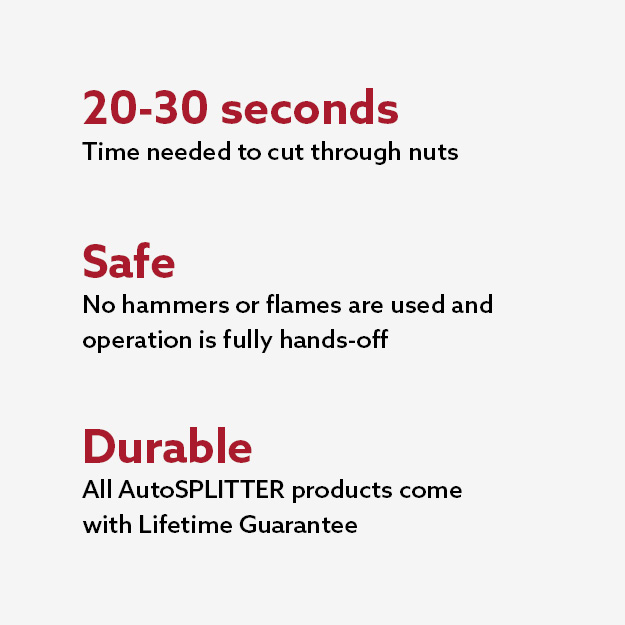

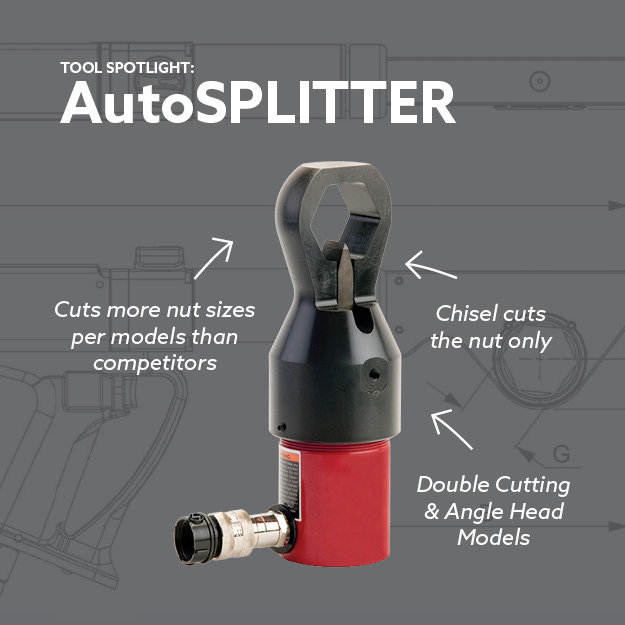

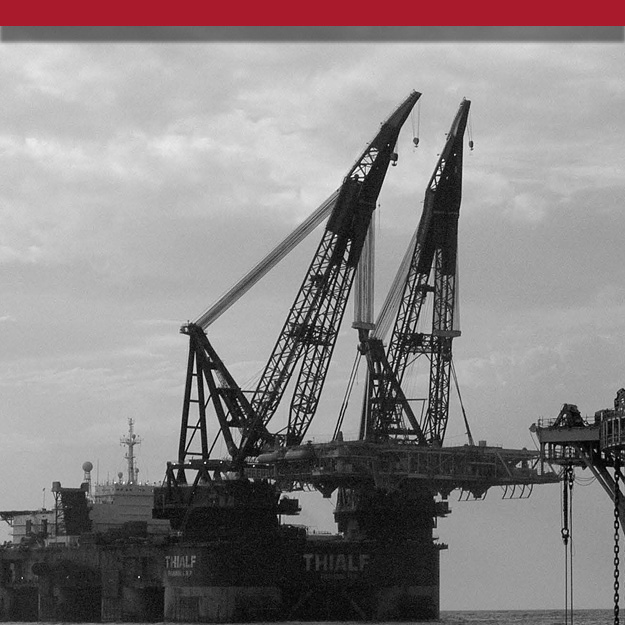

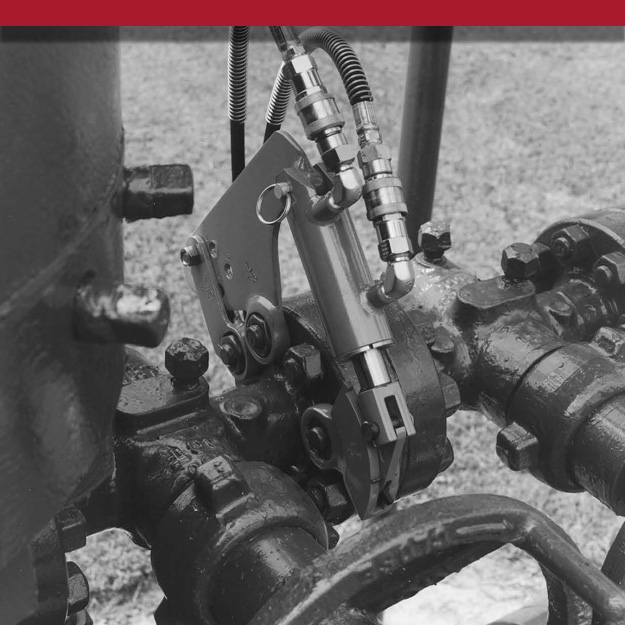

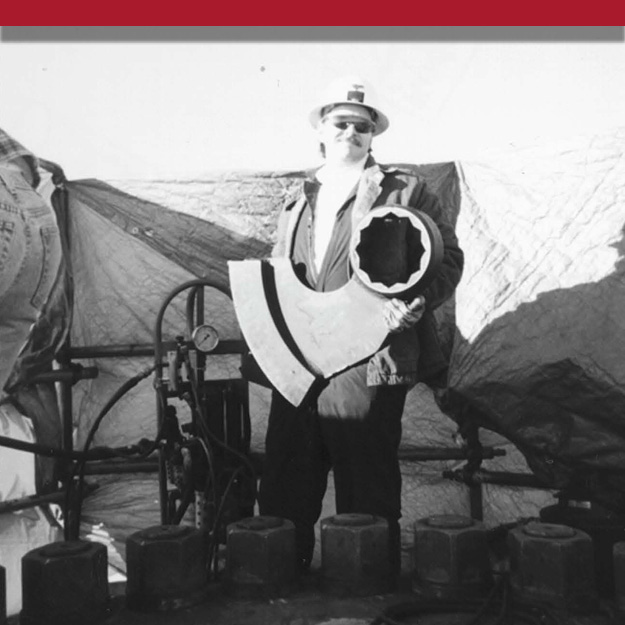

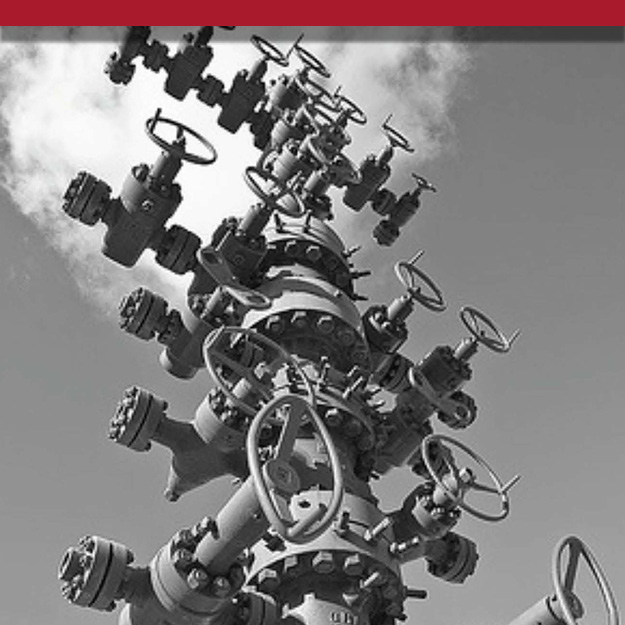

ZipNut® Product Makes Securing Deepwater Piplines Possible
Fastorq's ZipNut products are integrated into some of the most challenging subsea applications all over the globe.
The Challenge
Subsea Innovation, a UK-based company that serves the offshore oil and gas industry, has been supplying structures for subsea applications for over 25 years. One of their more recent projects was to supply multiple EPRS (Emergency Pipeline Repair Systems) as a contingency for a gas pipeline off the coast of Western Australia. The system was basically a clamp with two halves that is designed to be lowered onto subsea pipe from the surface. The water was too deep for divers, so the system had to be operated remotely from the surface as well.
Subsea Innovation already had a preliminary design for their structural split pipeline repair clamps. However, they needed a device to allow the M120 and M150 bolts to be secured as both halves of the clamp closed around the pipe. This device had to be able to engage and release the bolt so that the system could be recovered to the surface. They also had to withstanding maximum design loads up to 5,500 kN per bolt applied by hydraulic bolt tensioners on the opposite side of the clamp.
The Solution
Fastorq was contacted by Subsea Innovation to design, build and test ZipNut products that would act as the reaction nut for the tensioners that secured the clamp to the pipe to seal the leak. The ZipNuts were designed with a hydraulic release mechanism that allowed them to disengage once the hydraulic bolt tensioner force was removed.
This design of the EPRS depended on the ZipNut to make the system functional. Without the ZipNut, this solution would not have been possible.
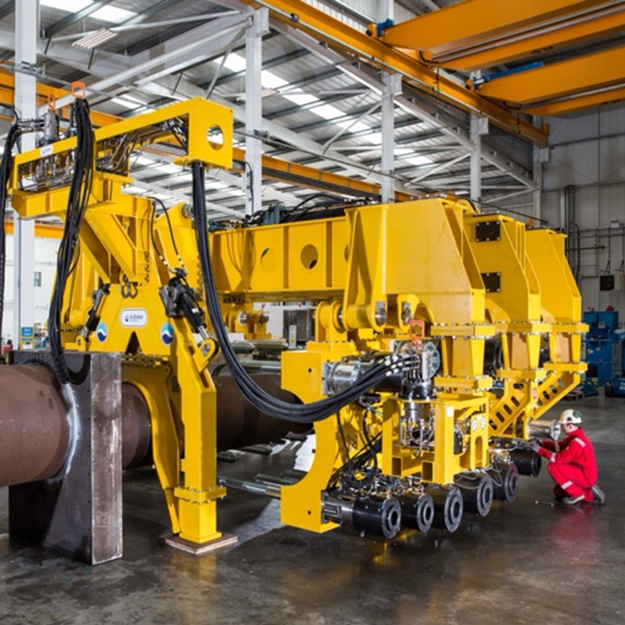









Innovative Bolt Tensioner Eliminates Huge Schedule Delay for Refinery
The ZipTENSIONER gets refinery back in production ahead of schedule by more than a day.
The Challenge
A refinery just outside Houston schedules a turnaround for routine maintenance on their Hydrocracker Unit including rework of the heat exchangers supporting the main reactor. This unit produces gasoline, diesel and other distillates, and is completely shut down for the duration of the turnaround which can be as long as 2 to 3 months. The loss of production, excluding the cost of the maintenance, is $1 – $1.5 million per day. As part of the process, there are several large shell and tube heat exchangers that support a large reactor. Each heat exchanger has a large cover plate with (28) 2-1/2” diameter bolts.
When it came time in the turnaround to reinstall the cover and torque the bolts, it took almost an entire 12-hour shift to complete the tightening operation using hydraulic torque wrenches. After completing the three crisscross passes and one circular pass required by the procedure, the nuts were still turning requiring additional circular passes. When the hydrostatic test was conducted on the heat exchanger post tightening, it consistently leaked. This required an additional 4 to 6 hours of work with torque wrenches to seal the leaking cover. By the time the cover sealed, at least two 12-hour shifts had passed. This became a major concern for the turnaround planner at the refinery. The problem was not the torque wrenches, operators or the procedure. It was that the cover would not seal evenly on the mating flange of the channel head due to its size, weight and minor imperfections across its diameter. They simply needed a better way to achieve uniform bolt load to properly seat the plate cover on the channel head.
The Solution
Fastorq consulted with the engineering team at the refinery to find a solution to the problem. Because the objective was to achieve uniform bolt load and reduce the amount of time it took to tighten the bolts on the cover, conventional stud tensioners were discussed. This might have been an acceptable solution, as it would only take about 4 to 6 hours to complete the operation. However, only 50% coverage could be achieved with the tensioners (one tensioner on every other bolt) due to the diameter of the tensioner load cells. The tensioners would be installed in two passes, A and B. This would also require an applied load on the first set of tensioners about 15 to 20% higher than the target preload to accommodate the Load Loss Factor resulting from tensioning in two passes. Engineers at the refinery were also concerned about the risk of over crushing the gasket on the first set.
Fastorq engineers then suggested a new product for the upcoming shutdown of the Hydrocracker Unit. Instead of using the usual 22,000 psi. maximum pressure for the tensioners, Fastorq would manufacture 30,000 psi. maximum pressure tensioners to allow 100% coverage of the bolts on the cover. Fastorq had already been working on integrating ZipNut Technology into the stud tensioners, which would allow them to simply slide on and off the bolts saving an enormous amount of time. After the details were agreed upon, Fastorq manufactured (28) 2-1/2” stud tensioners for the application.
During the shutdown, the ZipTENSIONERs were used to tighten the bolts in the plate cover. The result was an astonishing 45 minutes to complete the work with NO LEAKS!
